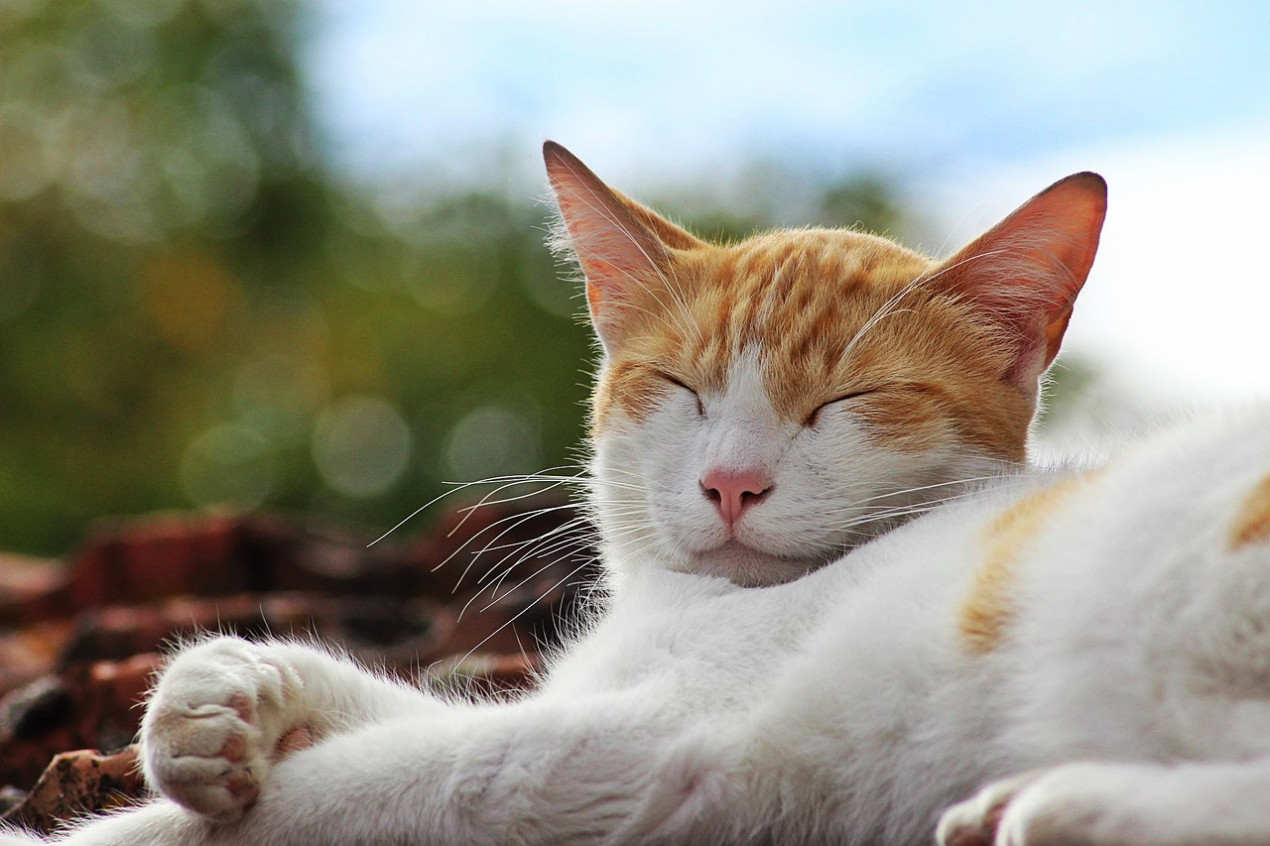
What is hyperthermia in cats?
Hyperthermia means a high temperature and occurs when cats are no longer able to self-regulate and keep their temperature at a normal level. This can occur when they are exposed to high environmental temperatures, for example in a conservatory or in a car, or when exerting themselves during particularly hot weather.
A fever is another way the temperature can be increased, but this is when the cat’s body increases its temperature to try to fight off infection or as a response to inflammation. Sometimes it can be difficult to tell the two apart.
Hyperthermia or heat stroke in cats requires urgent treatment so please contact your vet as soon as possible for advice or, out of hours, your nearest Vets Now pet emergency clinic or Vets Now 24/7 hospital.
What causes hyperthermia in cats?
True hyperthermia is typically caused by exercise or being somewhere excessively hot. It can also occur as a result of an adverse reaction to drugs, poisons or some medical conditions. While summer weather can increase cats’ risk of hyperthemia or heatstroke, they are usually more careful than dogs and are therefore more likely to move to a shady spot if they are starting to overheat. But they do like sunbathing and could easily get locked in somewhere warm like a conservatory or greenhouse.

What causes fever in cats?
The most common cause of fever in cats is infections, often from cuts they suffered fighting other cats.
It’s very important cats maintain a steady body temperature. If their temperature becomes too high and stays high for too long, things start to “break”. This can lead to organ failure and may be fatal.
A very slight increase in temperature can be tolerated, and vets often see this when cats attend for a check-up, simply because they’re a little stressed out.
How can I treat hyperthermia or heat stroke in cats?
Heat-related illnesses can be very serious so if you suspect your cat is suffering you should contact your vet or, out of hours, your nearest Vets Now straight away.
Time is vital so if your cat is showing signs of heat exhaustion:
- take him to a cool spot
- soak his body with water – cool but not freezing cold
- give him access to drinking water
It’s also worth checking his rectal temperature if you can. Anything above 103F is dangerous and requires veterinary attention. A temperature above 105F is life-threatening.
How will my vet treat hyperthermia or heat stroke in cats?
Your vet will examine your cat fully, and decide on the best treatment options.
These might include starting them on intravenous fluids (a drip), active cooling with a fan or cool water and/or prescribing drugs to calm them down.
If your vet suspects your cat has a high temperature due to a fever then they may also use drugs to try to bring the temperature down and treat the underlying cause.
If your cat’s temperature is very high they will try to lower it before organs start failing. This will be carefully monitored – if their temperature falls too low this can also be detrimental. Organ failure can lead to prolonged periods of intensive care and may be fatal.
Sometimes the underlying cause of a fever will never be found, and while this can be frustrating (for the vet as well as you), if your cat gets better quickly this is the most important thing.

